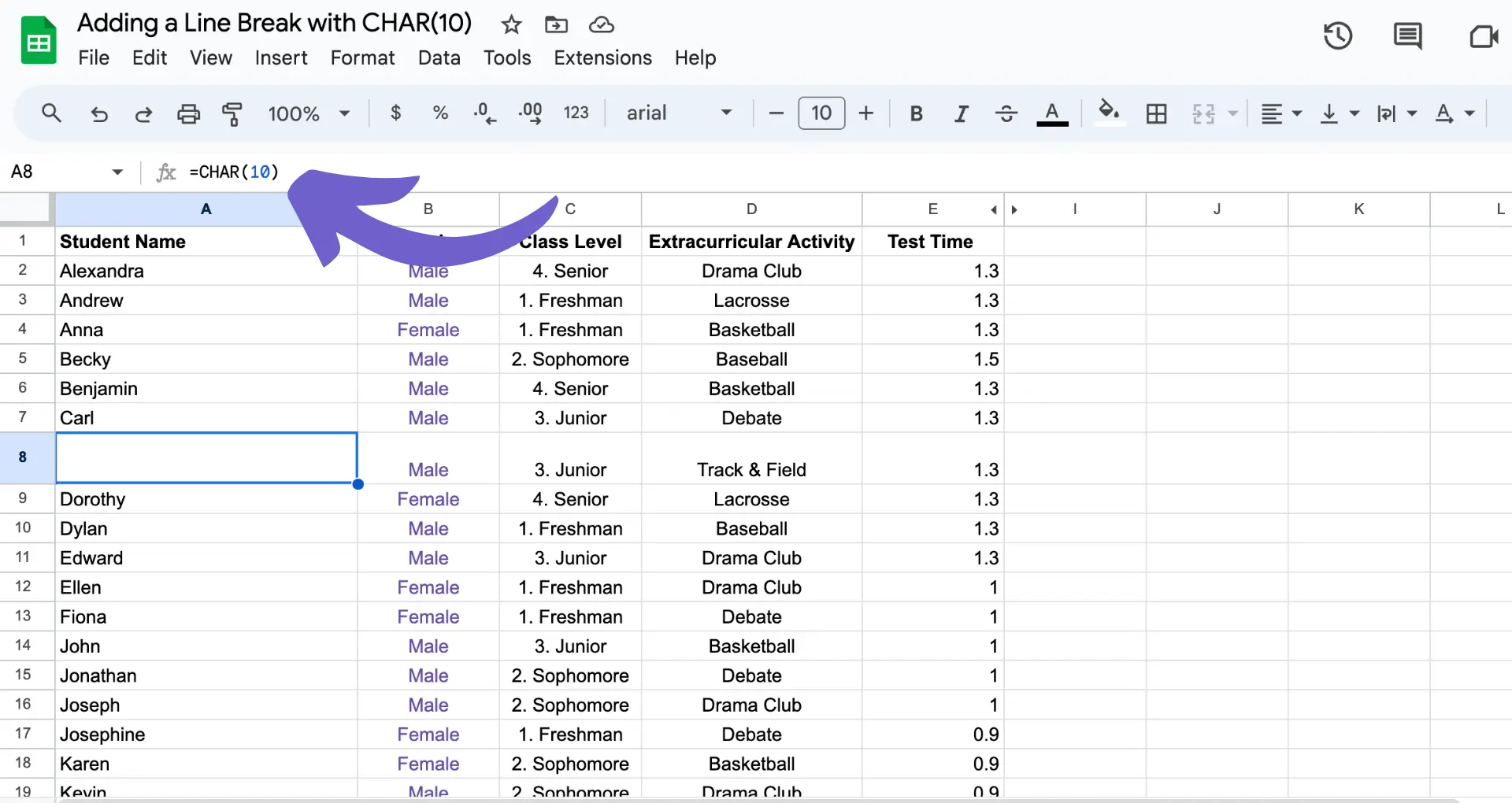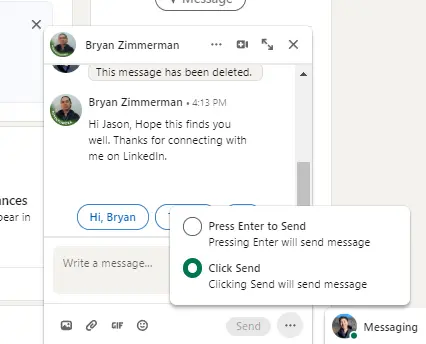Embedding dynamic content in Notion pages is a powerful way to enhance your workspace and create more engaging, interactive experiences. With Notion's built-in embedding capabilities and third-party tools, you can seamlessly integrate code snippets, videos, widgets, and more into your pages. In this step-by-step guide, we'll explore how to embed various types of content, including code from platforms like GitHub and CodePen, and provide tips for troubleshooting common embedding issues.
Introduction to Embedding in Notion
Embedding is a powerful feature in Notion that allows you to enhance your pages with dynamic, interactive content. By embedding elements directly into your Notion pages, you can create a more engaging and immersive experience for your audience. Embedding saves time and streamlines your workflow by eliminating the need to switch between multiple apps or browser tabs.
Notion supports a wide range of embeddable content, including:
- Code snippets from platforms like GitHub and CodePen
- Videos from YouTube, Vimeo, and Loom
- Interactive tools and widgets like calculators, charts, and forms
- Documents and presentations from Google Drive, Dropbox, and OneDrive
- Maps from Google Maps and OpenStreetMap
- Social media posts from Twitter, Instagram, and Facebook
By leveraging Notion's embedding capabilities, you can create rich, interactive pages that combine text, media, and functionality in one central location. This not only enhances the user experience but also improves collaboration and productivity within your team or organization. For instance, you can save LinkedIn profiles to Notion to streamline your research process.
Embedding Code Snippets from GitHub or CodePen
Embedding code snippets from platforms like GitHub Gist or CodePen into your Notion pages is a straightforward process. Here's how to do it:
- Find the code snippet you want to embed on GitHub Gist or CodePen.
- Copy the URL of the code snippet.
- In your Notion page, type "/embed" and select the "Embed" block from the menu.
- Paste the URL of the code snippet into the embed block and click "Embed link".
- The code snippet will now appear in your Notion page, complete with syntax highlighting and formatting.
Embedding code snippets in Notion offers several benefits:
- It allows you to keep your code documentation and explanations in one place, making it easier for your team to reference and understand.
- Embedded code snippets are interactive, allowing users to scrape data from a website or open it in a new window for further exploration.
- By embedding code directly into your Notion pages, you can create public or private documentation that is easy to share and collaborate on with your team.
When embedding code snippets, keep in mind that Notion supports a wide range of programming languages and will automatically apply syntax highlighting based on the language of the code snippet.
Bardeen can help you connect Google Docs and Google Sheets with Notion, making it easy to manage your code snippets and project documentation in one place. Save time and avoid repetitive tasks by leveraging Bardeen's automation features.
Utilizing Iframely for Unsupported Platforms
While Notion supports embedding content from many popular platforms, there may be times when you need to embed content from a domain that isn't directly supported. This is where Iframely comes in. Iframely is a powerful tool that allows you to embed content from over 1,900 domains seamlessly into your Notion pages. Here's how to use Iframely to generate embeddable links:
- Go to the Iframely website and sign up for a free account.
- Once you're logged in, click on the "Embed" tab in the top menu.
- Paste the URL of the content you want to embed into the "Paste your URL here" field and click "Embed".
- Iframely will generate an embed code for the content. Copy this code.
- In your Notion page, type "/embed" and select the "Embed" block from the menu.
- Paste the Iframely embed code into the embed block and click "Embed link".
- The content will now appear in your Notion page, fully embedded and interactive.
Iframely supports a wide range of content types, including videos, audio, apps, photos, slideshows, playlists, podcasts, maps, 3D models, forms, documents, and more. By using Iframely, you can significantly expand the types of content you can embed in your Notion pages, making them more engaging and informative. For more complex tasks, consider using web scraper extensions to enhance your workflow.
Embedding Interactive Tools and Widgets
Embedding interactive tools and widgets into your Notion pages can significantly enhance user engagement and functionality. These widgets can range from simple calculators to complex data visualizations, providing a dynamic and interactive experience for your readers. Here are some examples of interactive widgets you can embed in Notion:
- Calculators: Embed custom calculators to help users perform quick calculations without leaving your page.
- Charts and graphs: Display data in a visually appealing and interactive format using embedded charts and graphs.
- Forms and surveys: Gather user input or feedback directly within your Notion page using embedded forms or surveys.
- Interactive timelines: Present information in a chronological and interactive manner using timeline widgets.
To embed these widgets, you'll typically need to generate an HTML code snippet from the widget provider's website or create your own custom HTML code. Once you have the code, follow these steps to embed the widget in Notion:
- Open your Notion page and place your cursor where you want to embed the widget.
- Type "/embed" and select the "Embed" block from the menu.
- Paste the HTML code into the embed block.
- Click "Embed link" to render the widget on your page.
Some widget providers offer Notion-specific integration, allowing you to paste a unique URL or link directly into the embed block without the need for HTML code. This simplifies the embedding process and ensures compatibility with Notion's interface.
Save time on lead generation by using automated lead management with Bardeen. Focus on your core tasks while automating the rest.
Common Challenges and Solutions in Notion Embedding
While embedding content in Notion is generally straightforward, users may occasionally encounter issues such as display errors or content not loading properly. Here are some common challenges and their solutions:
- Embeds not working: If your embedded content fails to load, try the following troubleshooting steps:
- Check your internet connection to ensure it's stable.
- Clear your browser's cache and cookies.
- Verify that you have the correct permissions to access the embedded content.
- Try embedding the content in a different browser or device.
- Unsupported platforms: If you're trying to embed content from a platform that Notion doesn't directly support, consider using a third-party service like Iframely to generate a compatible embed link.
- Mobile compatibility: Some embedded content may not display correctly on mobile devices due to screen size or browser limitations. Test your embeds on various devices and consider providing alternative content or links for mobile users.
- Broken links: Regularly check your embedded content for broken links or outdated information. Update your embeds as needed to maintain a seamless user experience.
To minimize embedding issues, follow these best practices for prospect lists:
- Use reliable and well-established platforms for your embedded content.
- Test your embeds thoroughly on different devices and browsers before publishing.
- Keep your embedded content up-to-date and relevant to your audience.
- Provide clear instructions or alternative content for users who may encounter issues with embeds.
By addressing common challenges and implementing best practices, you can ensure a smooth and engaging embedding experience for your Notion users.
Advanced Techniques and Custom Embeds
For users with more complex embedding needs, Notion offers advanced techniques and custom embedding options. Here are some ways to take your Notion embeds to the next level:
- Integrating live data feeds: You can embed live data feeds from various sources, such as stock tickers, weather updates, or real-time analytics, using third-party services or custom APIs. This allows you to create dynamic, up-to-date content within your Notion pages.
- Custom API embeds: Notion's API enables developers to create custom embedding solutions tailored to their specific needs. By leveraging the API, you can build custom widgets, integrate with internal tools, or display data from proprietary systems directly within Notion.
- Interactive visualizations: Embed interactive charts, graphs, and visualizations to make your data more engaging and easier to understand. Tools like D3.js, Chart.js, or Plotly can be used to create custom visualizations that can be embedded in Notion pages.
- Real-time collaboration: Embed collaborative tools like Miro, Figma, or Google Docs to enable real-time collaboration within your Notion workspace. This allows teams to work together seamlessly without leaving the context of their Notion pages.
To explore these advanced embedding techniques, consider the following steps:
- Research and identify the specific tools or services that best suit your needs.
- Familiarize yourself with the APIs and documentation provided by these tools.
- Experiment with different embedding methods and custom integrations to find the best solution for your use case.
- Collaborate with developers or use no-code platforms to create custom embeds if you lack coding experience.
Streamline your workflows by trying Bardeen. Use Bardeen AI integrations for more efficient data handling in Notion.
By leveraging advanced techniques and custom embeds, you can unlock the full potential of Notion as a central hub for your team's knowledge, collaboration, and productivity.






